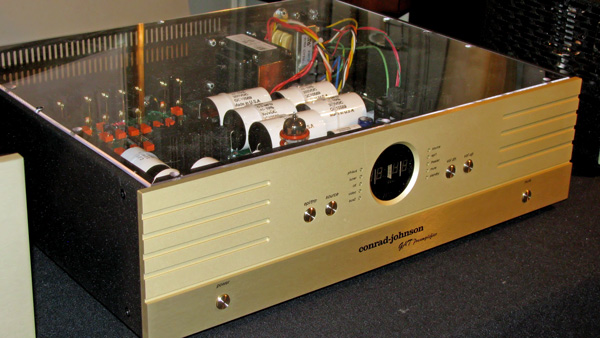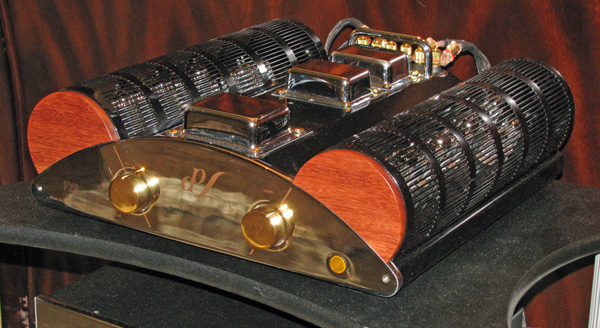
Norbert Lindemann and Dixie!
Norbert Lindemann and Dixie!

- Read more about Norbert Lindemann and Dixie!
- Log in or register to post comments

I watched the event last night...what was that mess? We had whooping, cheering, high fives, a rope line and fist bumping. They even gave away T-Shirts
[img]http://d.yimg.com/a/p/ap/20110112/capt.ffb533d16d6548058df1085e682a679d-ffb533d16d6548058df1085e682a679d-0.jpg?x=400&y=260&q=85&sig=N.QAYDWiArwIBAgBew2bkw--[/img]
I think Obama was taken aback by the party tone of the event, though he made no effort to remind folk they were at a memorial, not a basketball pep rally. While the crowd was partying the families of the victims sat on their hands and looked very uncomfortable.




Greetings and warmest wishes to all on this forum. I'm brand new and this is my first post, so I apologize if I'm rehashing old news here.